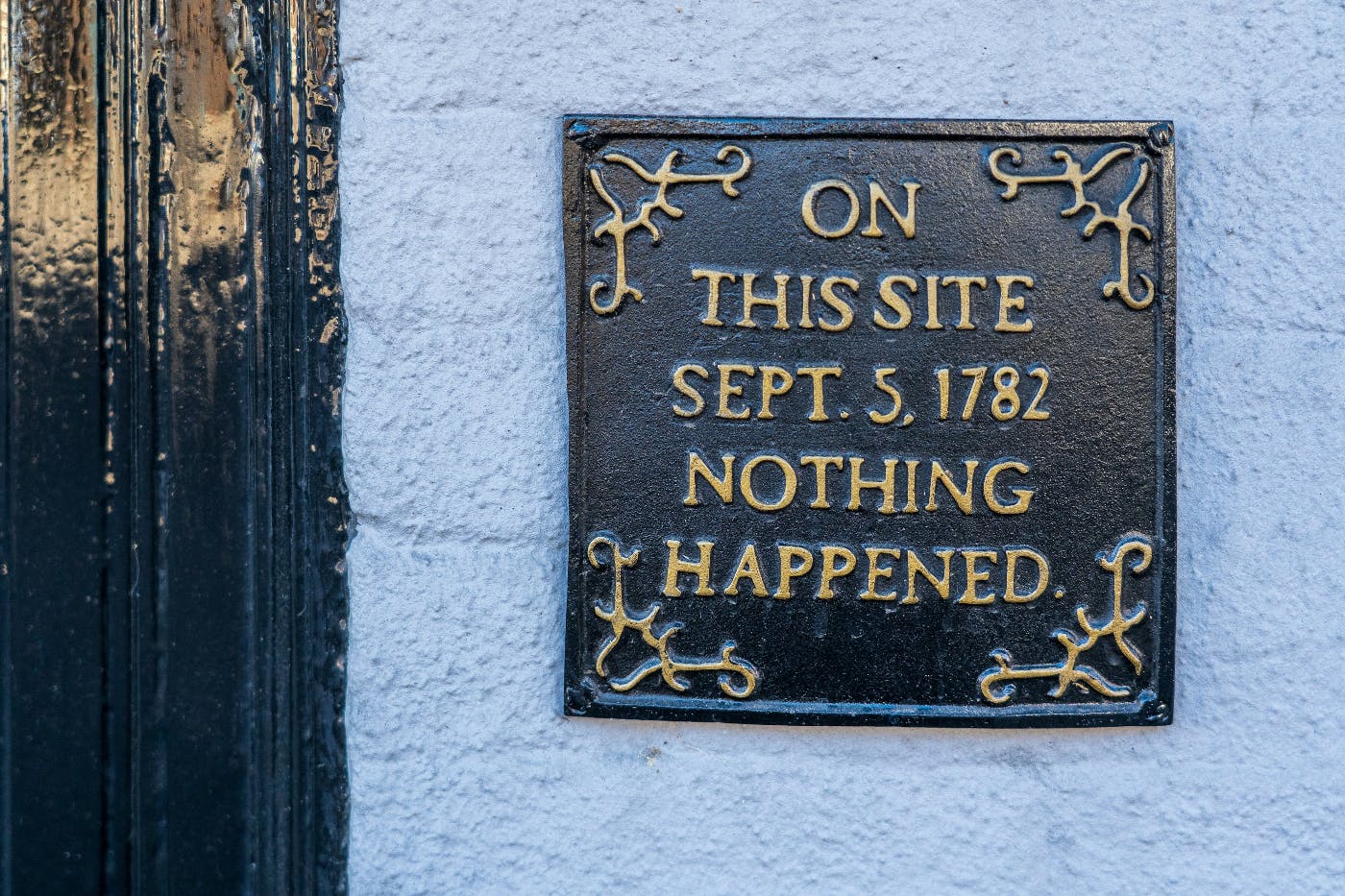
However, there has been a growing recognition of the importance of emotional intelligence and leading with heart in recent years.
Write what you know. Every professor, workshop leader, and fellow writer has ever told me that. That’s a good rule of thumb; however, there are times when what you know conflicts with what you have to do. As a copywriter with ThoughtLab, there are times when either I don’t know about the subject which I have been tasked with writing about, or I am so diametrically opposed to the philosophy of the company or person I am supposed to write for that I hit a wall of confusion and self-loathing.
But, a girl’s gotta eat.
I may have mentioned this before, but I come from an acting background. Most of my life has been about creating believable characters that live and breathe off the page, that pull people in and make them feel and think, hate me, love me, whatever. To do this well and to allow the audience to experience the willing suspension of disbelief, I have to put myself, my heart, and my emotional being into the work. And I have done this time and again for over 40 years.
This kind of work takes its toll. And yet, I continue to do it despite apparent psychological troubles. I do it because the stories we tell as actors are essential, and they demand of us our full attention and engagement. You cannot half-ass a role. You can, but some critic in Boise will say the actor seemed to half-ass his role, which took me out of the play.
Committing to the work 100 percent means putting yourself into it. That’s why acting is so hard, and why, when done well, it can be transformative for both actor and audience. But to achieve this, you have to lead with your heart.
Coming from this particular background, I know there are natural hurdles when doing my job as a copywriter in a business context. I have found that approaching the work of a copywriter the same way I do as an actor can get me crushed. “I am not my work,” says one of our excellent designers, and I think, how is that even possible?
Well, in business, it is not only possible but necessary. So today, I am going to examine the ups and downs of operating a business from an emotional standpoint. How does leading with your heart help or hinder the work you do? Let’s jump in.

The Changing Landscape
In business leadership, the traditional emphasis has often been on rationality, logic, and strategic thinking. However, there has been a growing recognition of the importance of emotional intelligence and leading with heart in recent years. Emotional decision-making, while often overlooked or even dismissed in corporate settings, can wield significant power, shaping organizational culture, driving innovation, fostering employee engagement, and enhancing overall business performance. Yet, this approach is not without its perils, as unchecked emotions can lead to bias, impulsivity, and detrimental outcomes. In this exploration, we delve into the nuances of leading with heart, examining its potential for greatness as well as the risks it entails.
The Power of Emotional Decision-Making
At the heart of leading with heart lies emotional intelligence (EI), the ability to recognize, understand, and manage both our own emotions and those of others. Leaders with high EI possess a keen awareness of the emotional landscape within their organizations, enabling them to forge deeper connections with their teams, inspire trust, and cultivate a culture of collaboration. By tapping into emotions, these leaders can motivate employees, instill a sense of purpose, and foster a positive work environment conducive to creativity and innovation.
Emotional decision-making also plays a pivotal role in driving business success. In today's rapidly evolving landscape, where disruptive change is the norm, leaders must navigate ambiguity and uncertainty with agility and adaptability. While data and analysis are essential, they can only provide part of the picture. Conversely, emotions can offer invaluable insights, guiding leaders in making nuanced judgments and strategic decisions. Intuition, often dismissed in favor of rationality, can be a powerful asset when cultivated and honed through experience and self-awareness.
Moreover, leading with heart fosters a culture of empathy and inclusivity, where every voice is heard and valued. This not only enhances employee morale and retention but also enables organizations to understand better and respond to the needs of their customers and stakeholders. By prioritizing relationships over transactions, leaders can build enduring partnerships built on trust and mutual respect, driving long-term growth and sustainability.
The Perils of Emotional Decision-Making
However, the path of leading with heart is not without its pitfalls. If left unchecked, emotions can cloud judgment, leading to biases, impulsive decisions, and conflict. Leaders overly swayed by their emotions may struggle to maintain objectivity, overlooking critical information or dismissing dissenting viewpoints. This can result in flawed strategies, missed opportunities, and organizational dysfunction.
Moreover, emotional decision-making can be vulnerable to manipulation and exploitation. In highly charged situations, such as crises or conflicts, leaders may succumb to the pressure to appease stakeholders or preserve their own reputation, prioritizing short-term gains over long-term sustainability. This can erode trust and credibility, undermining the very foundation of leadership.
Furthermore, the emotional toll of leadership can be immense. Leaders who invest deeply in their teams and organizations may experience burnout, compassion fatigue, or even moral distress when faced with difficult decisions or setbacks. Balancing empathy with accountability and compassion with pragmatism is a constant juggling act, requiring resilience and self-care.

Striking a Balance: Integrating Heart and Mind
The key to effective leadership lies in striking a delicate balance between heart and mind, emotion and reason. Leaders must cultivate emotional intelligence and develop the self-awareness, self-regulation, empathy, and social skills necessary to navigate the complexities of human relationships and organizational dynamics.
At the same time, leaders must also harness the power of data and analysis, employing critical thinking and strategic foresight to inform their decisions. Emotions should complement rationality, not supplant, as a valuable source of insight and inspiration rather than a hindrance to sound judgment.
Moreover, fostering a culture of psychological safety, where employees feel empowered to express themselves openly and authentically, is essential for harnessing the collective intelligence of teams. Leaders must create space for diverse perspectives, encourage constructive dissent and dissent, and embrace failure as an opportunity for learning and growth.
Summing Up
Leading with heart can transform organizations, driving innovation, fostering collaboration, and enhancing employee engagement. However, it also poses risks, requiring leaders to navigate the complexities of human emotion with wisdom and discernment. By integrating heart and mind, emotion and reason, leaders can unlock the full potential of their teams and organizations, driving sustainable growth and creating lasting value.

